Home>Gardening & Outdoor>Outdoor Structures>How To Organize A Small Shed
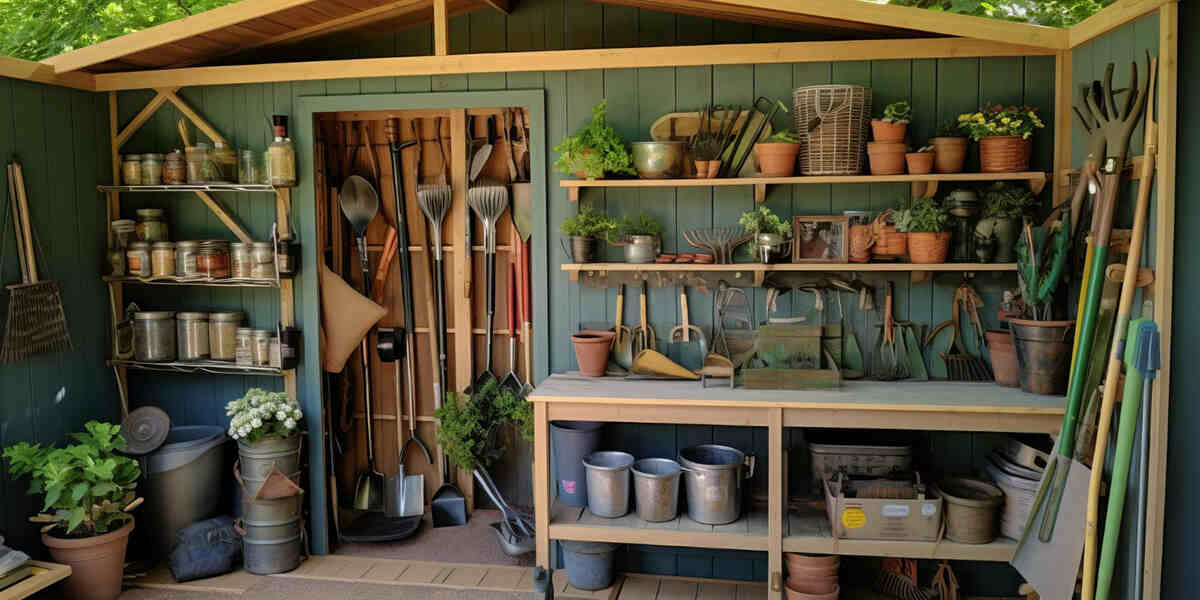

Outdoor Structures
How To Organize A Small Shed
Modified: August 16, 2024
Learn how to efficiently organize your small shed with our expert tips and ideas. Maximize space and storage for your outdoor structures.
(Many of the links in this article redirect to a specific reviewed product. Your purchase of these products through affiliate links helps to generate commission for Storables.com, at no extra cost. Learn more)
Introduction
Welcome to the world of shed organization! Whether you use your shed for gardening tools, outdoor gear, or as a workshop, keeping it tidy and organized can save you time and frustration. A small shed may seem like a challenge to organize, but with the right approach, it can become an efficient and functional space.
In this article, we will explore practical tips and strategies to help you transform your small shed into a well-organized and accessible storage area. From assessing your storage needs to maximizing vertical space and implementing effective labeling systems, we will cover everything you need to know to achieve shed organization success.
By following the advice outlined in this guide, you can create a streamlined and clutter-free environment that not only maximizes the available space but also makes it easier to locate and access your belongings. So, roll up your sleeves, and let's dive into the world of small shed organization!
Key Takeaways:
- Small shed organization is achievable by assessing storage needs, decluttering, choosing the right storage solutions, maximizing vertical space, and implementing effective labeling and organization systems.
- Regular maintenance routines are crucial for preserving the order and functionality of an organized shed, ensuring it remains clutter-free and optimized for the long term.
Read more: How To Organize A Shed For Storage
Assessing Your Shed’s Storage Needs
Before diving into the organization process, it’s essential to assess your shed’s storage needs. Start by taking inventory of the items you currently store in the shed and identifying any additional items you plan to store in the future. This step will help you determine the type and quantity of storage solutions required to accommodate your belongings.
Consider the nature of the items you store. Are they predominantly large tools, gardening supplies, or a combination of both? Understanding the types of items you need to store will guide your decision-making process when selecting storage solutions.
Next, evaluate the available space in your shed. Measure the dimensions of the interior and take note of any architectural features, such as windows, doors, or built-in shelving. Understanding the layout of your shed will enable you to make informed choices when it comes to organizing and maximizing the available space.
Assess the condition of your existing storage solutions. Are they in good shape, or do they require repairs or replacements? Consider the functionality of your current storage systems and identify any shortcomings that need to be addressed.
Finally, take into account any specific environmental factors that may impact storage. For instance, if your shed is prone to humidity or temperature fluctuations, you may need to prioritize moisture-resistant storage solutions to protect your belongings.
By thoroughly assessing your shed’s storage needs, you can lay the groundwork for an effective organization plan. This proactive approach will ensure that the solutions you implement are tailored to the specific requirements of your shed and its contents, setting the stage for a successful organization project.
Decluttering and Sorting Items
Decluttering your small shed is a crucial first step in the organization process. Begin by removing all items from the shed and conducting a thorough assessment of each item. As you review your belongings, consider whether each item is essential and aligns with your current needs and activities.
Sort your items into categories based on their purpose or usage. For example, create categories for gardening tools, outdoor equipment, DIY supplies, and seasonal items. This sorting process will provide clarity and help you visualize the storage requirements for each category.
Once you have categorized your items, it’s time to make decisions about what to keep, donate, or discard. Be ruthless in your approach and prioritize items that you frequently use and that hold significant value. Items that are damaged, outdated, or no longer serve a purpose should be considered for disposal or donation.
As you declutter, consider the potential for repurposing or upcycling certain items. For example, repurposing old containers or shelves can contribute to a more sustainable and cost-effective organization solution. Embracing creativity and resourcefulness during the decluttering process can lead to innovative storage solutions.
Once you have streamlined your belongings, you can begin to assess the space and layout of your shed with a clearer understanding of the items you intend to keep. This will pave the way for strategic storage solutions that cater to the specific needs of your shed’s contents.
By decluttering and sorting your items, you not only create a more organized and visually appealing space but also set the stage for a more efficient and tailored storage solution. This process lays the foundation for a well-organized shed that reflects your current needs and activities, making it easier to maintain order in the long run.
Choosing the Right Storage Solutions
With a clear understanding of your shed’s storage needs and a decluttered space, it’s time to select the right storage solutions to accommodate your belongings. When choosing storage solutions for a small shed, it’s essential to prioritize functionality, durability, and space optimization.
Consider utilizing versatile storage options such as adjustable shelving units, modular storage systems, and wall-mounted racks. These solutions can be customized to fit the available space and can adapt to the changing needs of your shed’s contents.
For tools and equipment, invest in durable and weather-resistant storage containers or cabinets. Opt for options that provide protection against moisture, dust, and pests, ensuring that your tools remain in optimal condition. Additionally, consider incorporating lockable storage solutions for valuable items to enhance security.
Maximize the vertical space in your shed by installing wall-mounted hooks, pegboards, or hanging organizers. These space-saving solutions are ideal for storing frequently used tools and accessories within easy reach while keeping the floor area clear and uncluttered.
Utilize stackable bins or transparent storage containers to store smaller items and seasonal accessories. Clear containers allow for easy identification of contents, streamlining the process of locating specific items without the need to rummage through multiple boxes.
When selecting storage solutions, prioritize multifunctional furniture and accessories. For example, a workbench with built-in storage or a foldable table that can be stowed away when not in use can optimize space and serve dual purposes, catering to both storage and functional needs.
By choosing the right storage solutions, you can create an organized and efficient space that maximizes the available square footage while accommodating your belongings. Thoughtfully selected storage options will contribute to a cohesive and visually appealing shed interior, enhancing accessibility and ease of use.
Use vertical space by installing shelves or hanging hooks to keep items off the floor. Group similar items together and use clear containers for easy identification.
Maximizing Vertical Space
When organizing a small shed, maximizing vertical space is a game-changer. By utilizing the often underutilized vertical area, you can significantly increase the storage capacity and accessibility of your shed. Here are some effective strategies for making the most of your shed’s vertical space:
- Wall-Mounted Shelving: Install sturdy and adjustable wall-mounted shelves to store items such as containers, tools, and supplies. This approach not only keeps the floor clear but also provides a customizable storage solution that can adapt to your changing needs.
- Pegboards and Hooks: Utilize pegboards and hooks to create a versatile and visually appealing storage system for hanging tools, accessories, and small items. By organizing items on the wall, you free up valuable floor and counter space, making it easier to locate and access frequently used items.
- Overhead Storage: Consider installing overhead storage racks or platforms to take advantage of the vertical space near the ceiling. These racks are ideal for storing seasonal items, seldom-used belongings, or bulky equipment, keeping them out of the way while maximizing storage capacity.
- Hanging Organizers: Incorporate hanging organizers such as fabric or mesh pockets to store smaller items like gloves, twine, or gardening supplies. Hanging organizers utilize vertical space on the inside of doors or walls, providing convenient access to often-used items without cluttering work surfaces.
- Fold-Down Workbenches: If your shed serves as a workspace, consider installing a fold-down workbench that can be easily folded up when not in use. This space-saving solution maximizes vertical space while providing a functional work surface for DIY projects and repairs.
By implementing these vertical space-maximizing strategies, you can transform your small shed into a well-organized and efficient storage area. Embracing the often-overlooked vertical dimension of your shed will enable you to optimize the available space and create a clutter-free and functional environment.
Read more: How To Shingle A Small Tool Shed
Labeling and Organizing
Once you have selected the appropriate storage solutions and optimized the vertical space in your shed, it’s time to focus on labeling and organizing your belongings. Effective labeling and organization systems play a pivotal role in maintaining a tidy and functional shed, enhancing accessibility and streamlining daily tasks.
Start by labeling storage containers, bins, and shelves to clearly indicate the contents of each item. Utilize durable and weather-resistant labels or waterproof markers to ensure that the labels remain legible over time. This simple yet impactful step simplifies the process of locating specific items and encourages consistent return placement.
Consider implementing a color-coded system for different categories of items. For example, use distinct colors for gardening tools, automotive supplies, and seasonal decorations. This visual cue enhances organization and expedites the identification of specific items, especially in a multi-category storage environment.
Organize your shed based on the frequency of use and accessibility. Store frequently used items in easily accessible locations, while seasonal or infrequently used items can be placed in less accessible areas. This approach minimizes clutter in high-traffic zones and optimizes the efficiency of the space.
Create dedicated zones within the shed for specific activities or purposes. For example, designate a gardening zone with all related tools and supplies grouped together. Similarly, establish a DIY workstation with easy access to tools, hardware, and work surfaces. This zoning strategy fosters a cohesive and organized layout, reducing the time spent searching for items.
Implement a maintenance routine for reviewing and reorganizing the shed periodically. Regularly assess the effectiveness of your organization system, make adjustments as needed, and declutter any items that are no longer essential. This proactive approach ensures that your shed remains organized and functional in the long term.
By embracing labeling and organization best practices, you can create a well-structured and user-friendly shed environment. A thoughtfully organized shed not only enhances efficiency and accessibility but also contributes to a visually appealing and harmonious storage space.
Maintaining Your Organized Shed
After investing time and effort into organizing your small shed, it’s essential to establish effective maintenance practices to preserve the order and functionality of the space. By incorporating consistent maintenance routines, you can ensure that your shed remains organized and optimized for the long term.
Regularly conduct brief maintenance sessions to tidy up the shed and return items to their designated storage locations. By addressing clutter and disorganization promptly, you can prevent the accumulation of chaos and maintain a streamlined environment.
Integrate a “one in, one out” rule to manage the influx of new items into the shed. Whenever a new item is introduced, consider removing or repurposing an existing item to maintain a balanced and clutter-free space. This approach prevents the unchecked accumulation of belongings and encourages intentional storage decisions.
Stay mindful of seasonal changes and adjust the organization of your shed accordingly. As the seasons shift, reassess the contents of your shed and make necessary adjustments to accommodate seasonal items and activities. This proactive approach ensures that your shed remains tailored to your evolving needs throughout the year.
Regularly inspect and maintain your storage solutions to ensure their durability and functionality. Address any signs of wear, damage, or malfunctions promptly to prevent disruptions to your organization system. By maintaining your storage solutions, you can prolong their lifespan and preserve the integrity of your shed’s organization.
Engage in periodic decluttering sessions to reevaluate the necessity of items and eliminate any redundant or obsolete belongings. By periodically purging unnecessary items, you prevent the accumulation of clutter and maintain an efficient and purposeful storage space.
Finally, maintain an open line of communication with other shed users or family members to uphold the organization standards. Encourage everyone who utilizes the shed to respect the organization systems in place and contribute to the maintenance efforts. Collective responsibility fosters a cohesive and well-maintained shed environment.
By implementing these maintenance practices, you can uphold the integrity of your organized shed and enjoy a consistently functional and visually appealing storage space. With proactive maintenance, your shed will continue to serve as an efficient and reliable storage area, supporting your activities and projects with ease.
Excited to keep your shed tidy? Dive deeper into our guide on shed organization, offering ten smart ways to maintain order no matter the season. Additionally, if you're all about precision and care, our tool storage ideas will ensure every wrench and screwdriver has its place, ready for your next project. Both articles are packed with actionable advice and clever hacks to make the most of any storage space. Get ready to transform your shed into a well-organized hub of creativity and efficiency!
Frequently Asked Questions about How To Organize A Small Shed
Was this page helpful?
At Storables.com, we guarantee accurate and reliable information. Our content, validated by Expert Board Contributors, is crafted following stringent Editorial Policies. We're committed to providing you with well-researched, expert-backed insights for all your informational needs.
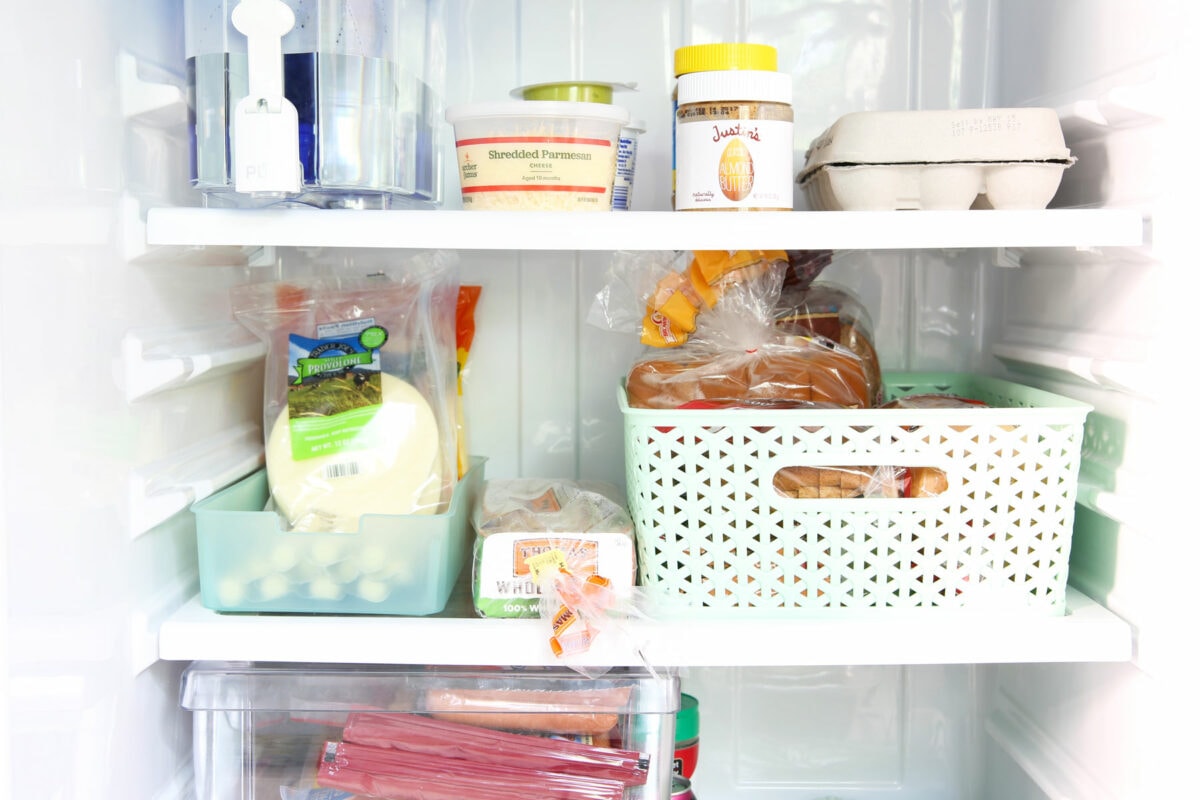
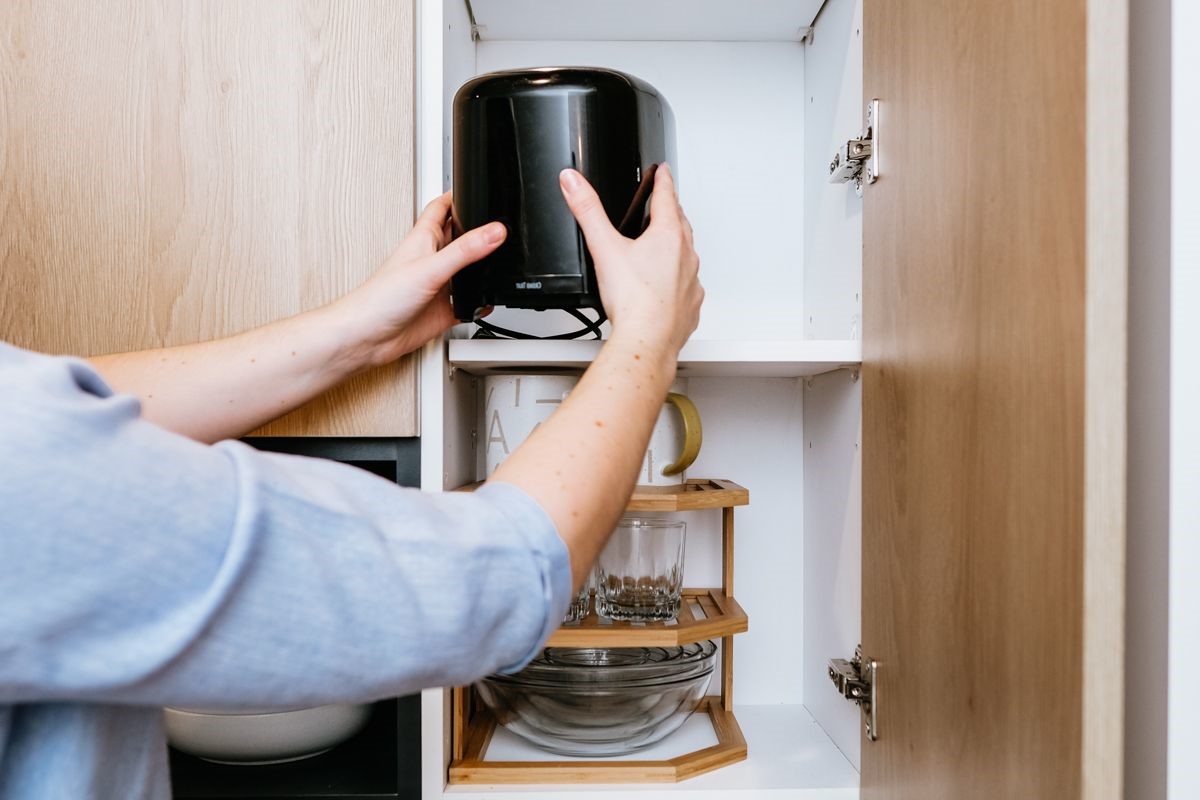

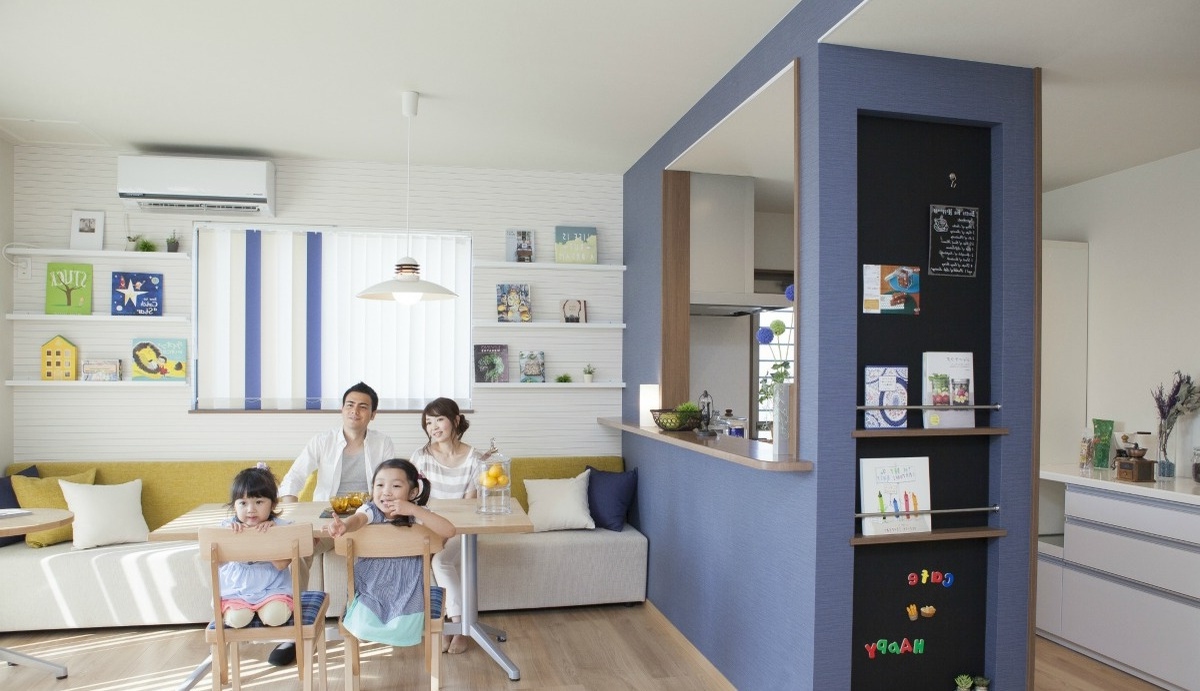


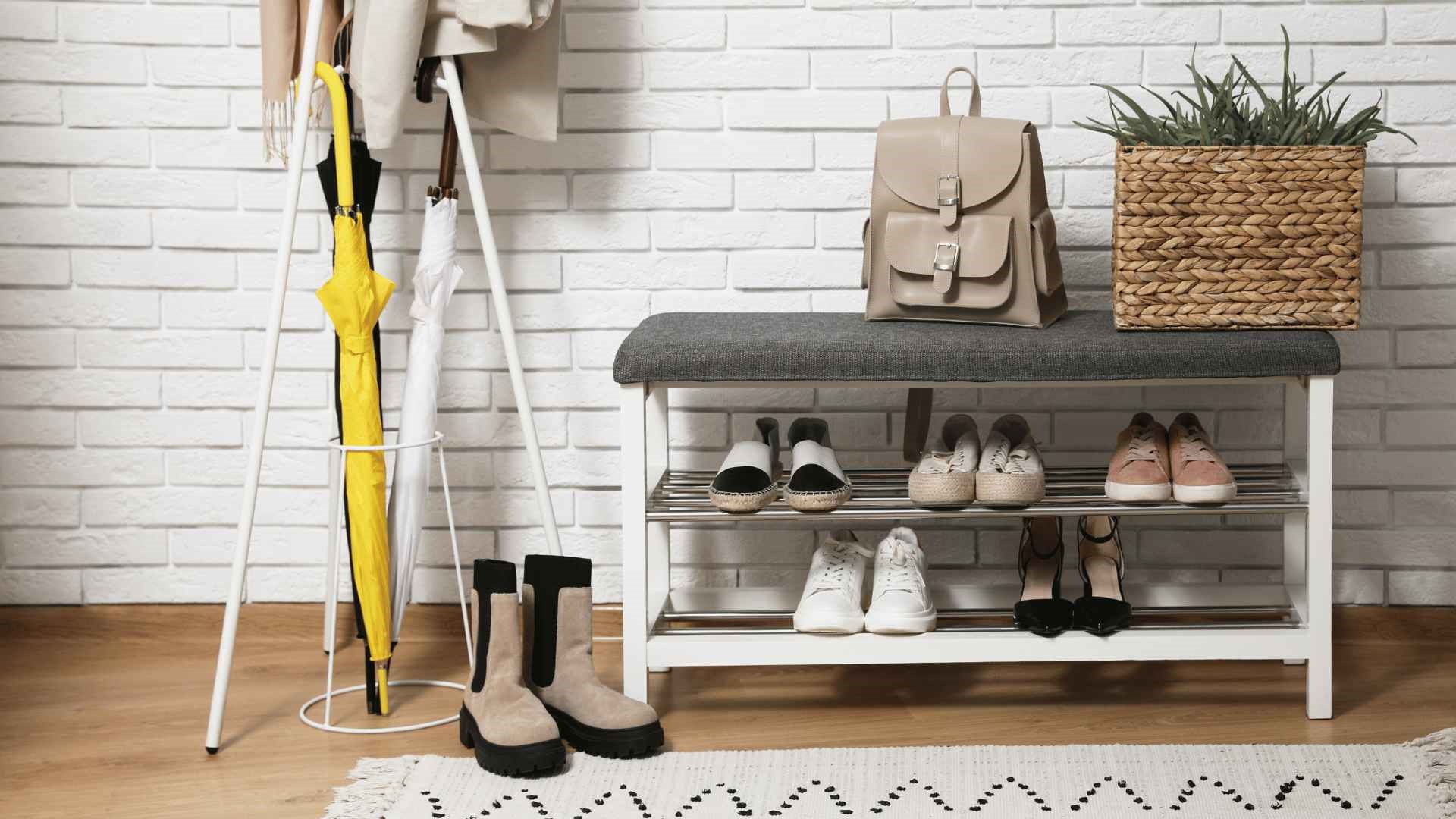
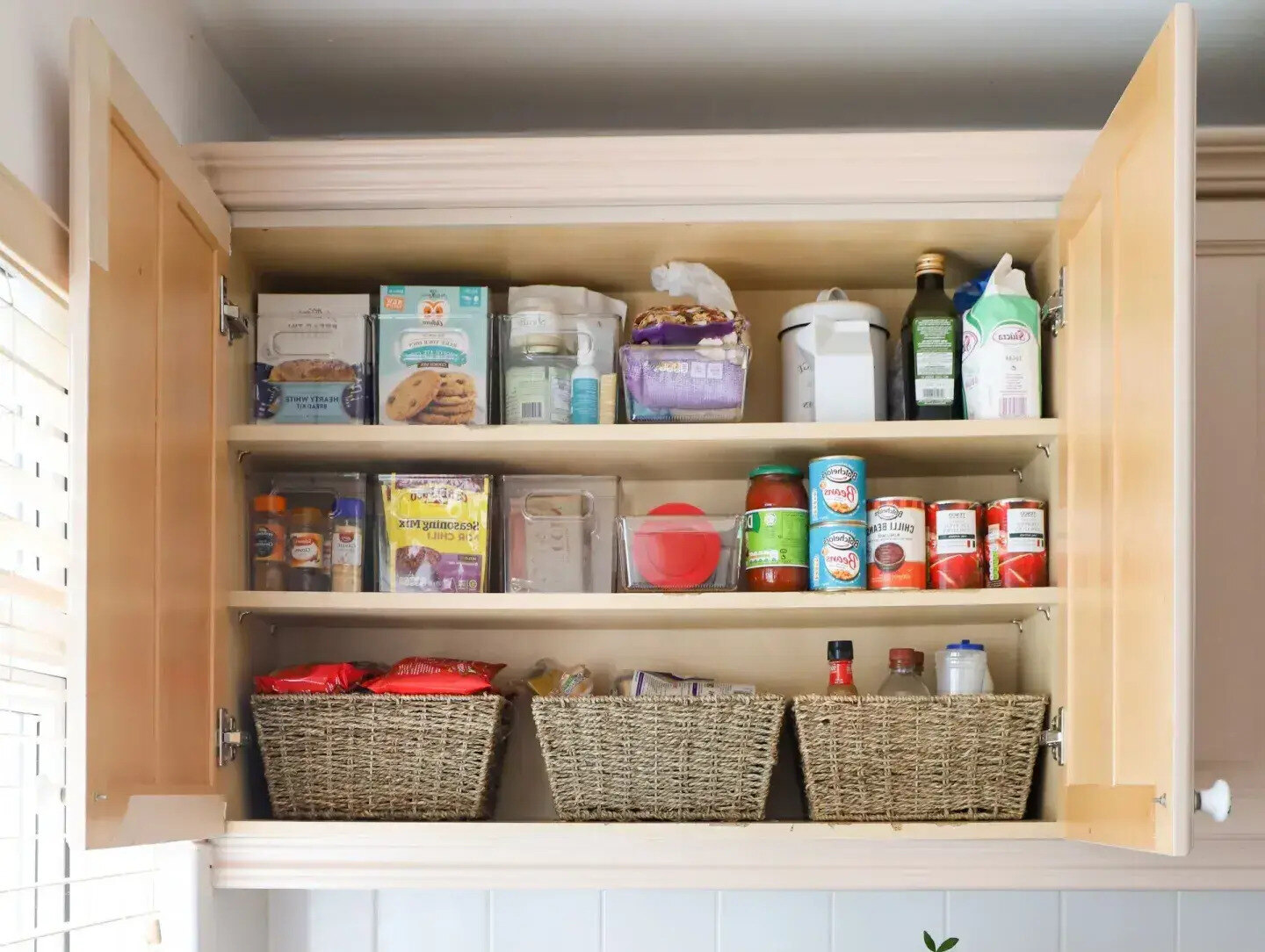
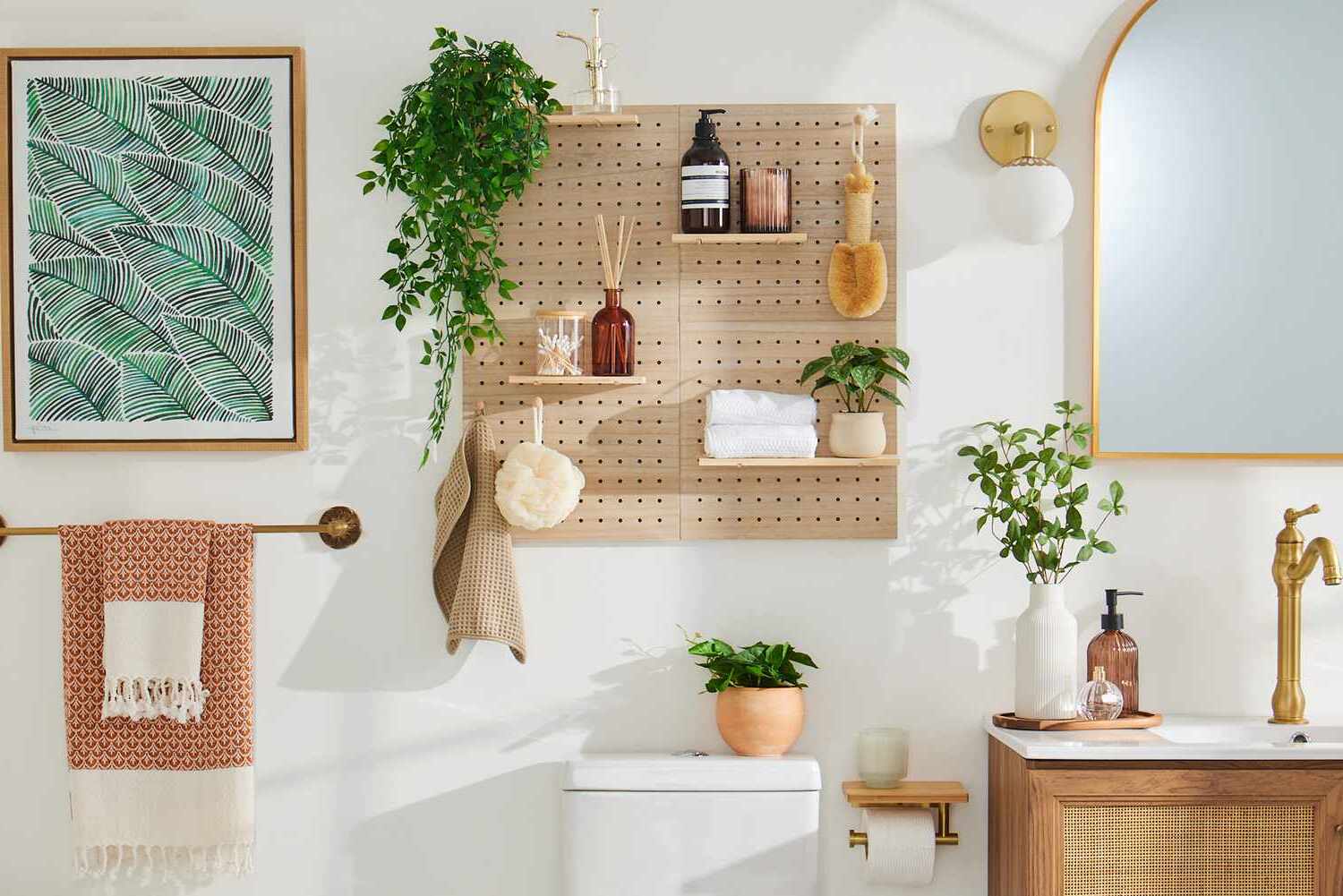
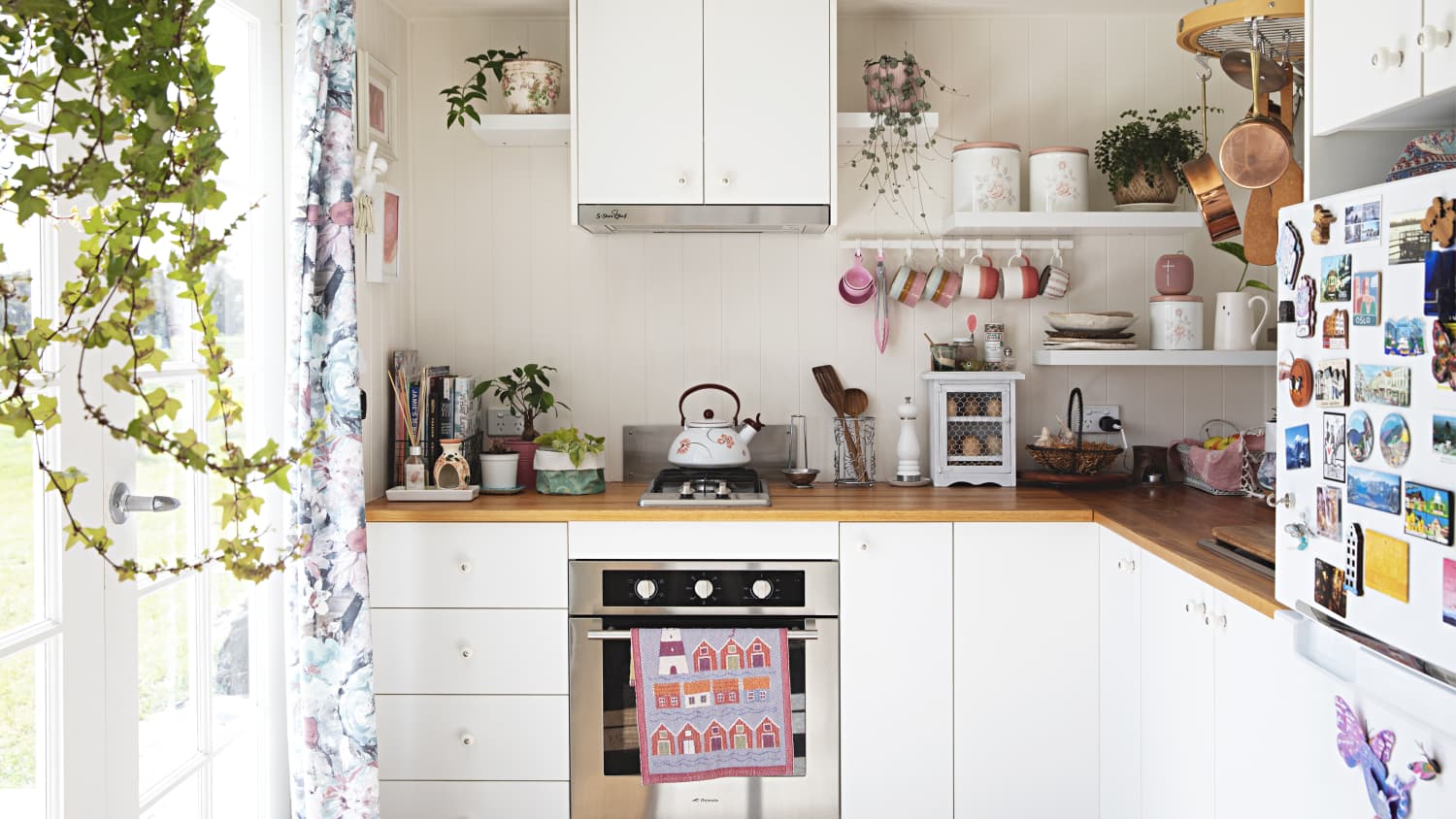
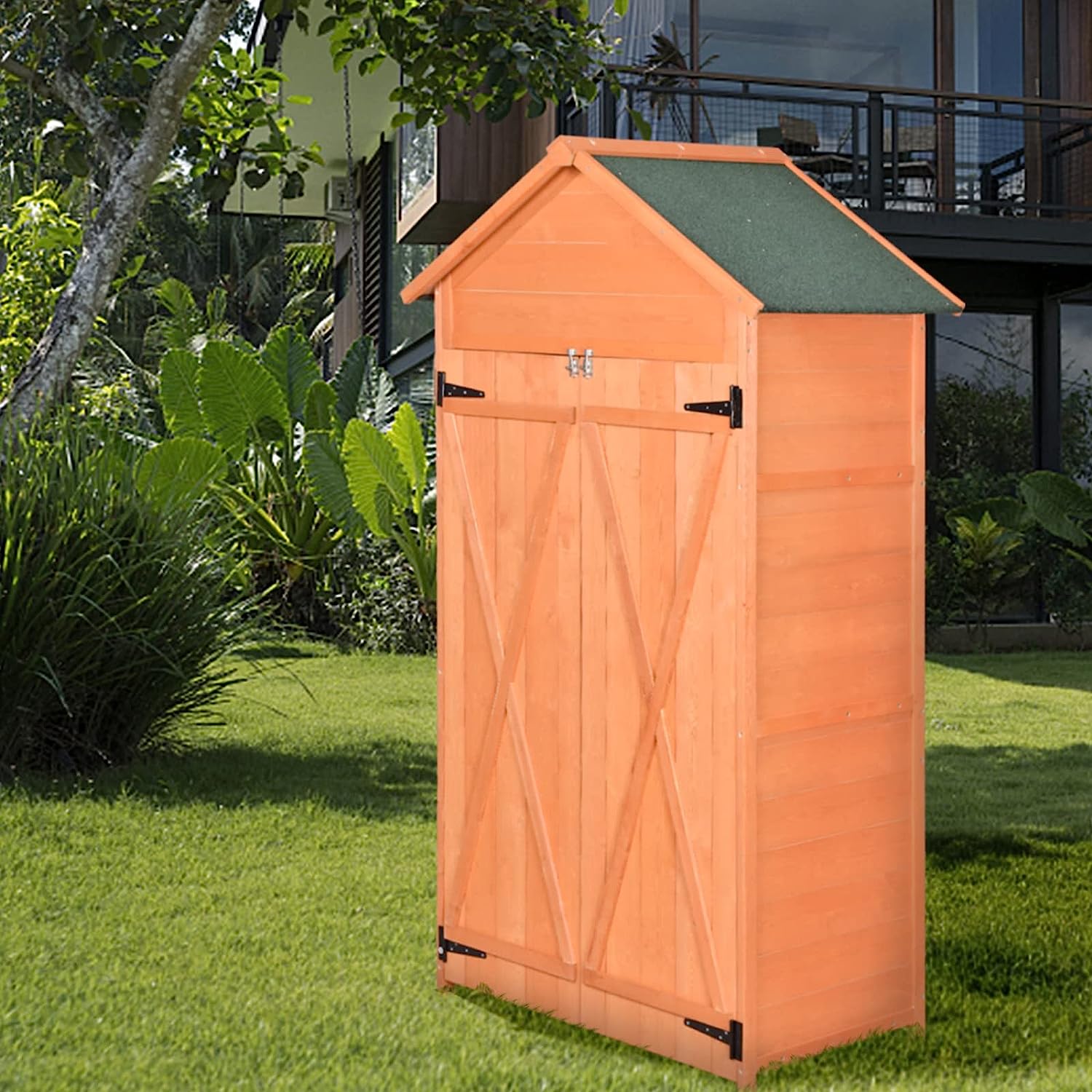
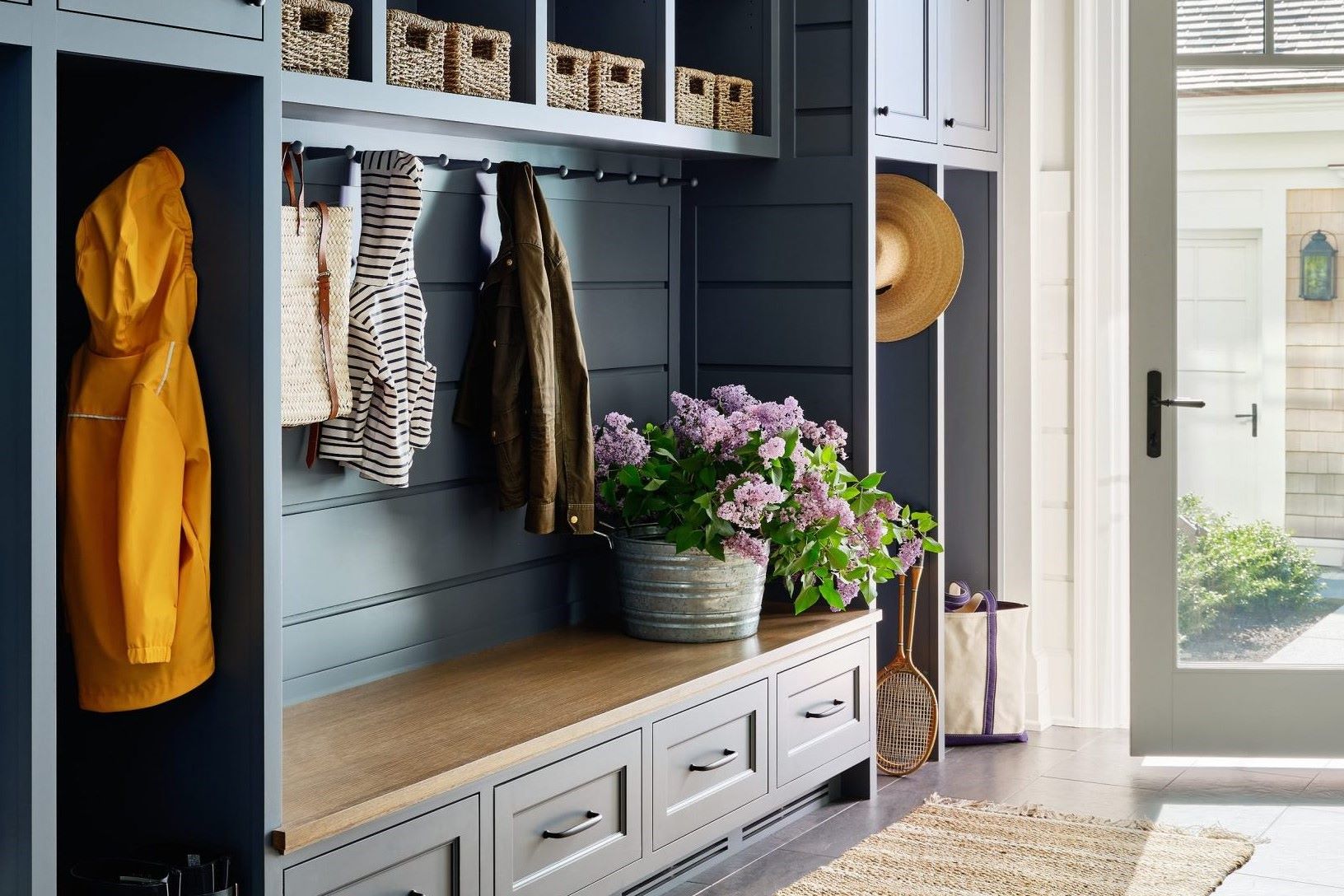
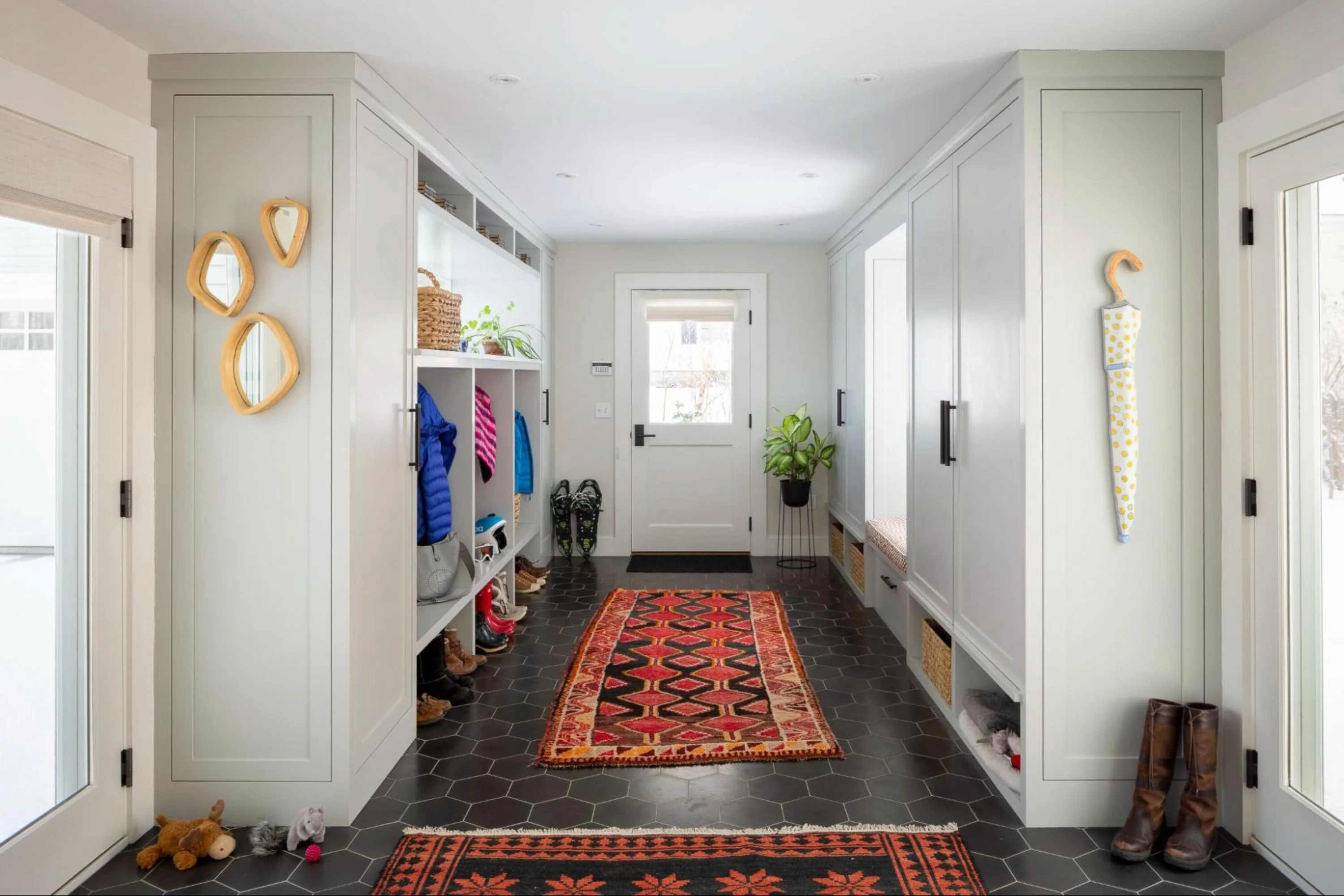


0 thoughts on “How To Organize A Small Shed”